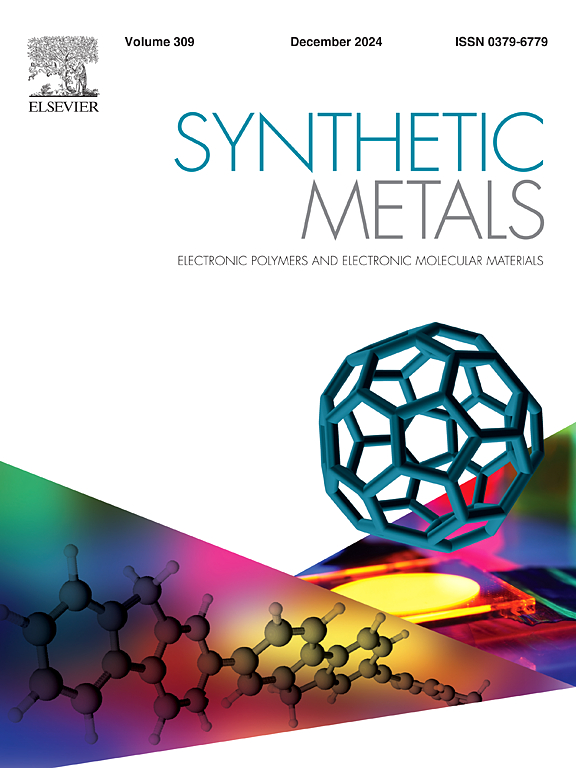Enhancing structural, morphological, optical, and photocatalytic properties of ZnSe nanostructures via PTh-rGO integration
IF 4
3区 材料科学
Q2 MATERIALS SCIENCE, MULTIDISCIPLINARY
引用次数: 0
Abstract
In the present study, graphene oxide (GO), zinc selenide (ZnSe) and polythiophene- reduced graphene oxide- zinc selenide (PTh-rGO-ZnSe) nanostructures are grown using the improved modified hummer’s method, hydrothermal and solvothermal method. The effect PTh-rGO on the physical properties of ZnSe is extensively studied. The structural analysis of the samples are studied from XRD studies. Utilizing Energy Dispersive X-ray Spectroscopy (EDX), the existence of the elements of rGO, ZnSe, and PTh-rGO-ZnSe is verified. The grown structures' morphology forms sheets, spheres, and a few rods when they are compound, according to FESEM images. The samples' optical characteristics are examined using UV-Vis spectroscopy, and their band gaps are 4 eV, 4.25 eV, and 4.5 eV for GO, ZnSe, and PTh-rGO-ZnSe, which are determined using a Tauc plot. The potential of the GO, ZnSe and PTh-rGO-ZnSe nanostructures in photocatalytic methylene blue (MB) dye degradation of sun light is investigated and found that PTh-rGO-ZnSe exhibits superior photo catalytic performance. The examined material was further subjected to Total Organic Carbon (TOC) and scavenger radical analysis in order to examine the process of degradation.
求助全文
约1分钟内获得全文
求助全文
来源期刊

Synthetic Metals
工程技术-材料科学:综合
CiteScore
8.30
自引率
4.50%
发文量
189
审稿时长
33 days
期刊介绍:
This journal is an international medium for the rapid publication of original research papers, short communications and subject reviews dealing with research on and applications of electronic polymers and electronic molecular materials including novel carbon architectures. These functional materials have the properties of metals, semiconductors or magnets and are distinguishable from elemental and alloy/binary metals, semiconductors and magnets.
 求助内容:
求助内容: 应助结果提醒方式:
应助结果提醒方式:


